Originally answered on Quora on 26 April 2015.
I wasn’t going to answer this question, but when I saw the other answers targeted an uncannily accurate selection of my own favourite aircraft I thought I should explain my own criteria for what makes an aircraft ugly before I offered up a candidate.
More than any other machine, the form of an aircraft follows its function. Every curve of the surface, thickness of a spar or shape of a bolt is the way it is because it is lighter, stronger, safer, less draggy, easier to build and operate than any available alternative at the time. There are some exceptions to this rule such as the swept tail on Cessna light aircraft [1] but even in that case you could argue that increasing sales by 30% improved the function of the aircraft for Cessna, if not the owners of the aircraft.
Looking at an aircraft without an idea of what the designers were trying to achieve is like reading every second word in a poem. Let’s look at the B&V141 nominated by Bradley Peterson:
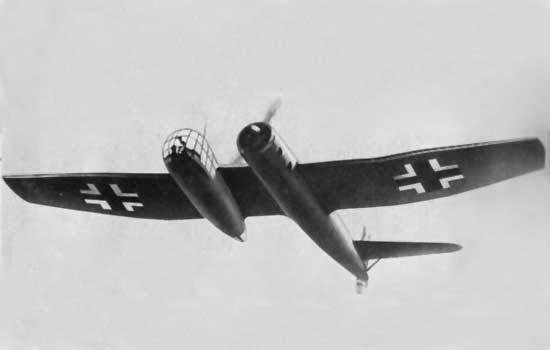
The Luftwaffe[2] was after a light observation aircraft at a time where practical helicopters were still some way off. The asymmetric arrangement of the crew compartment to the right of the engine gave incredible visibility for the pilot and observer, and the engine position was cleverly chosen to balance the torque of the propeller, making it an easy aircraft to fly. Asymmetry is very unusual in an aircraft but I don’t believe it equates automatically with ugliness. The B&V (and its close cousin in asymmetric and glazed cockpit window looks the Millenium Falcon) both have a surprising lopsided, powerful grace:
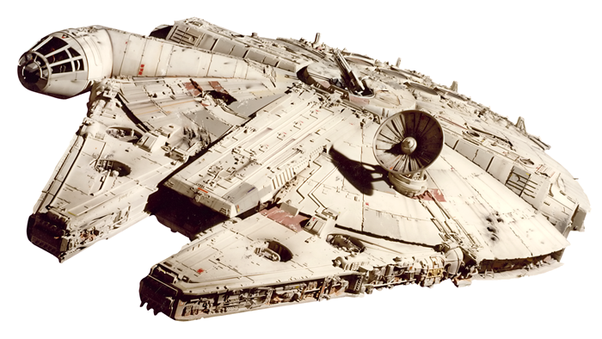
If you can’t quite find a love of asymmetry in aviation in your heart at this point, here is Burt Rutan’s Boomerang:
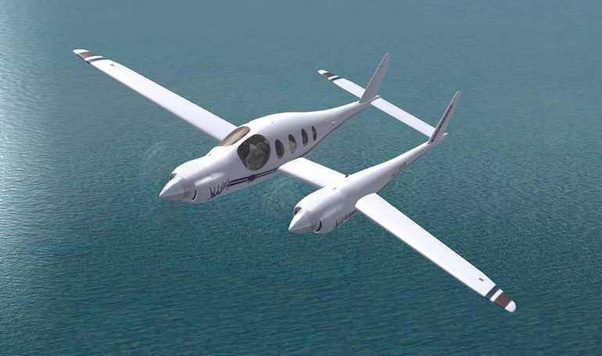
Is this ugly? For me, it’s near the top of my list of the most beautiful aircraft ever built – it is to the aeronautical engineer’s art what the Shakespeare Sonnets are to poetry. If you still think it’s ugly, would it help if I said it has a hugely greater range and speed, and is much, much safer in the event of a single engine failure [3] when compared to conventional twins of the same size?
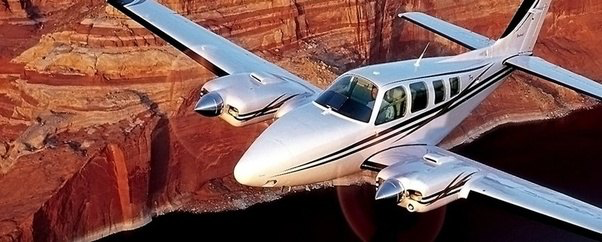
Brian Sanderson’s nomination of the Transavia Airtruk hit close to home for me – I first saw it at an airshow in 1977 as a child and was absolutely entranced. I dreamed for years of using it as a minature cargo plane with a motorbike stored onboard to get into town from whatever airport I’d flown in to. As an agricultural aircraft the Airtruk is designed for crash survivability, and has a huge hopper under the pilot, right on the centre of gravity so that fertiliser loads don’t affect the balance. The hopper is so huge that for a while it was being marketed as a counter-insurgency military aircraft with a rear gunner sitting backwards below the pilot. And of course the two tails allow a truck to drive between them, right up to the hopper for loading, saving the ground handlers from all sorts of loading related strains and injuries and keeping them away from the propeller:
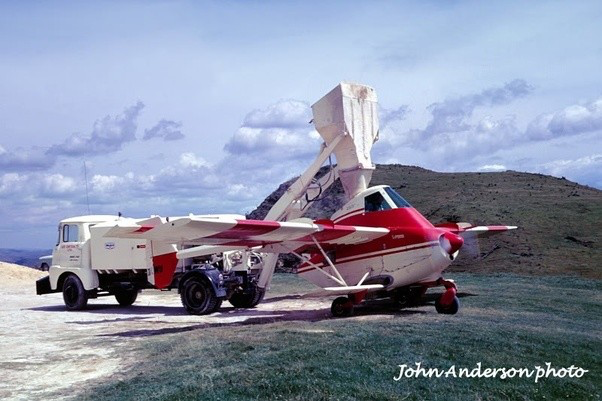
To me the Airtruk is a symphony of constraints followed to a logical conclusion. Like the Venus de Milo it emerged out of a block of marble as all the bits that didn’t fit were chipped away.
The Beluga is intended for carrying bulky yet light airliner components around between the various Airbus factories for assembly:
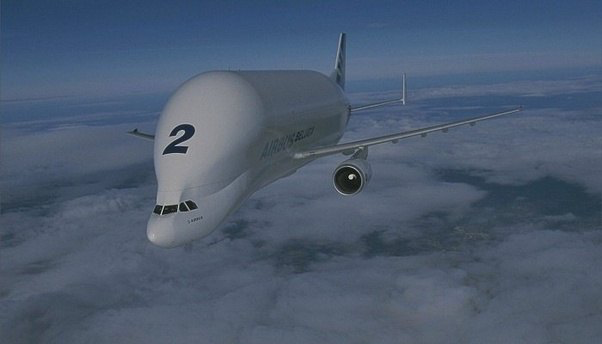
I was quite surprised to see it in the ugly list, in fact I much prefer it to the A300 airliner that it’s based on, and compared to the 747-based Dream Lifter:

and Guppy (which Airbus previously used):
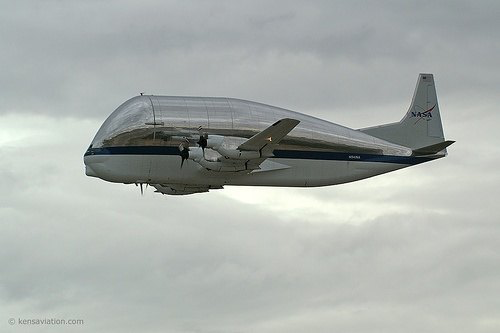
the “bulge” seems more blended-in with the rest of the hull shape. I’m still mildly surprised that some eccentric royal family hasn’t asked Airbus to fit one out as a travelling palace with cathedral ceilings and a mezzanine, and a split level outdoor BBQ deck under the open cargo door.
As for the Storch, its extraordinary short takeoff and landing capabilities were extolled by all, including the Allies (Churchill toured the Normandy battlefields in one):
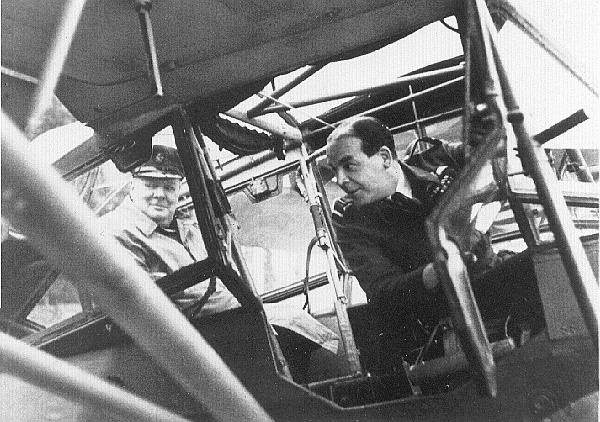
The bulged side windows allowed the occupants to look directly down with the windows closed, a feature a lot of Alaskan bush pilots would probably like on their Supercubs. I think it has a charming, leggy blown up rubber-band-powered-model look to it.
Anyway, here’s an aircraft that is to aeronautical engineering what Vogon Poetry [4] is to prose. Ladies and Gentlemen, I present to you the CA 60:

Count Caprioni’s nine winged, eight engined flying houseboat qualifies as an aircraft because it did leave the water briefly. It design was completely insensible to what had been learned about aeronautics at the time. It was viciously unstable and it’s only redeeming grace is that it didn’t kill the test pilot when it inevitably returned to the water in a heap after reaching the grand altitude of sixty feet [5].
I look at it and the ugliness goes deeper than the image – it was a huge waste of treasure and labour, a risk to human life and a monument to arrogance and ignorance. Had a similar level of technology and materials been used to built a flying boat more suitable to both flying and being a boat you could have built two Sikorsky S-40s (featured in the movie Flying Down to Rio, the first of many Fred Astaire and Ginger Rogers outings):
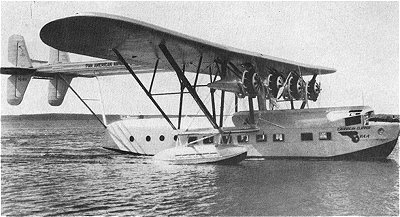
To my mind that is a beautiful aircraft.
- Page 82 Roskam’s Airplane War Stories, J Roskam, 2002
- I just wanted to acknowledge that this answer is limiting the scope of intent to the designer. If you (properly) widen the scope to consider the intent of those commissioning and operating the aircraft, any aircraft bearing a Nazi swastika is immediately, immensely ugly. The majority of restorers, replica and model builders recognise this and omit the swastika from otherwise faithful reproductions of Luftwaffe aircraft.
- Rutan Boomerang
- Vogon Poetry
- Page 60 The World’s Worst Aircraft, J Gilbert, 1975